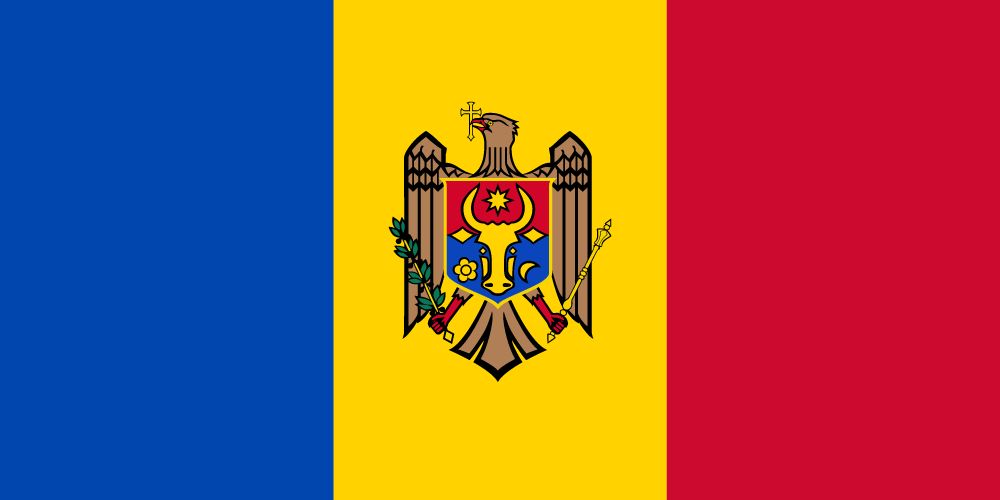

Some CITES Appendix II and III species, for which the EU has adopted stricter domestic measures.All CITES Appendix I species, except where EU Member States have entered a reservation.The species are listed in its four Annexes. Enforcement of the regulations remains the competence of each EU country.Ĭouncil Regulation No 338/97 on the protection of species of wild fauna and flora by regulating trade therein lays down the overall provisions for import, export and re-export, as well as internal EU trade in specimens of species. The “EU wildlife trade regulations” are a set of EU laws implemented uniformly in all EU countries, to enforce the provisions of CITES. The EU has enacted strict rules to ensure that wildlife products only enter the EU market if they are of legal and sustainable origin. Species+ provides a centralised portal for accessing more detailed information on species in relation to international trade, including information on EU import restrictions. Changes to Appendix III follow a distinct procedure from changes to Appendices I and II, as each Party’s is entitled to make unilateral amendments to it.


Appendix III contains species that are protected in at least one country, which has asked other CITES Parties for assistance in controlling the trade.Appendix II includes species not necessarily threatened with extinction, but in which trade must be controlled to avoid utilization incompatible with their survival.Trade in specimens of these species is permitted only in exceptional circumstances. Appendix I includes species threatened with extinction.They are listed in three Appendices, according to the degree of protection they need. Species covered by CITES have different degrees of protection through trade regulation depending on the degree of threat they are facing. The Convention stipulates that all imports, exports and re-exports of species covered by the convention have to be authorised through a system of permits and certificates. The EU became an official party to CITES in 2015, reinforcing its role as a strong actor in global efforts to protect the environment and prevent illegal trade. It comprises 184 States and regional economic integration organisations worldwide, called “parties.” Each party has designated its authority/authorities responsible for regulating the Convention’s activities. CITES (Convention on International Trade in Endangered Species of Wild Fauna and Flora) is an international agreement between governments that came into force in 1975.


 0 kommentar(er)
0 kommentar(er)
